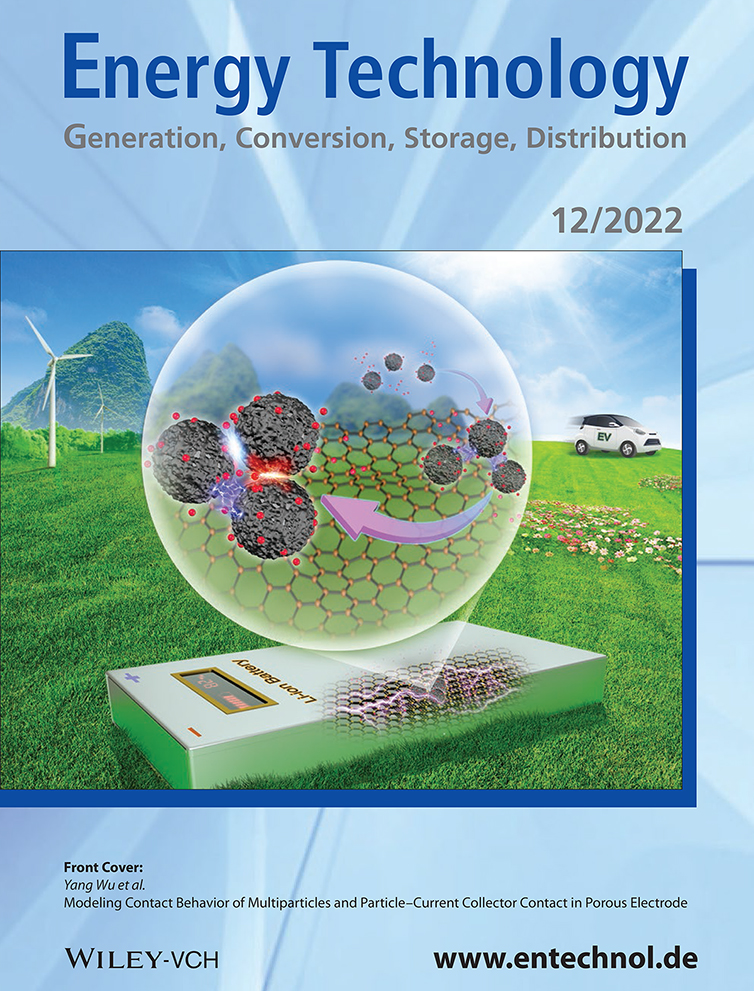Sn Nanoparticles Anchored on Carbon Foam Prepared by a Facile Electrodeposition for Lithium Storage
Abstract
As an anode material of lithium-ion batteries (LIB), Sn has great application potential due to its high theoretical specific capacity. However, the Li–Sn alloying reaction causes serious volume expansion and destroys the electrode structure, resulting in a rapid capacity decay. Herein, a simple preparation method for the Sn–carbon composites (Sn/CF) is designed by electrodepositing Sn nanoparticles on 3D carbon foam (CF) derived from the carbonization of melamine. Sn/CF-3h exhibits excellent electrochemical properties. At 1 A g−1, the specific capacity of Sn/CF-3h remains 166.6 mAh g−1 with a high capacity retention of 85.4% even over 2000 cycles. The designed structure of the Sn/CF electrode contributes to its excellent performance: providing a 3D conductive network, accommodating volume changes to prevent Sn nanoparticles from losing electrical contact, and promoting contact with electrolyte to accelerate lithium ion transmission.
Conflict of Interest
The authors declare no conflict of interest.
Open Research
Data Availability Statement
The data that support the findings of this study are available from the corresponding author upon reasonable request.




